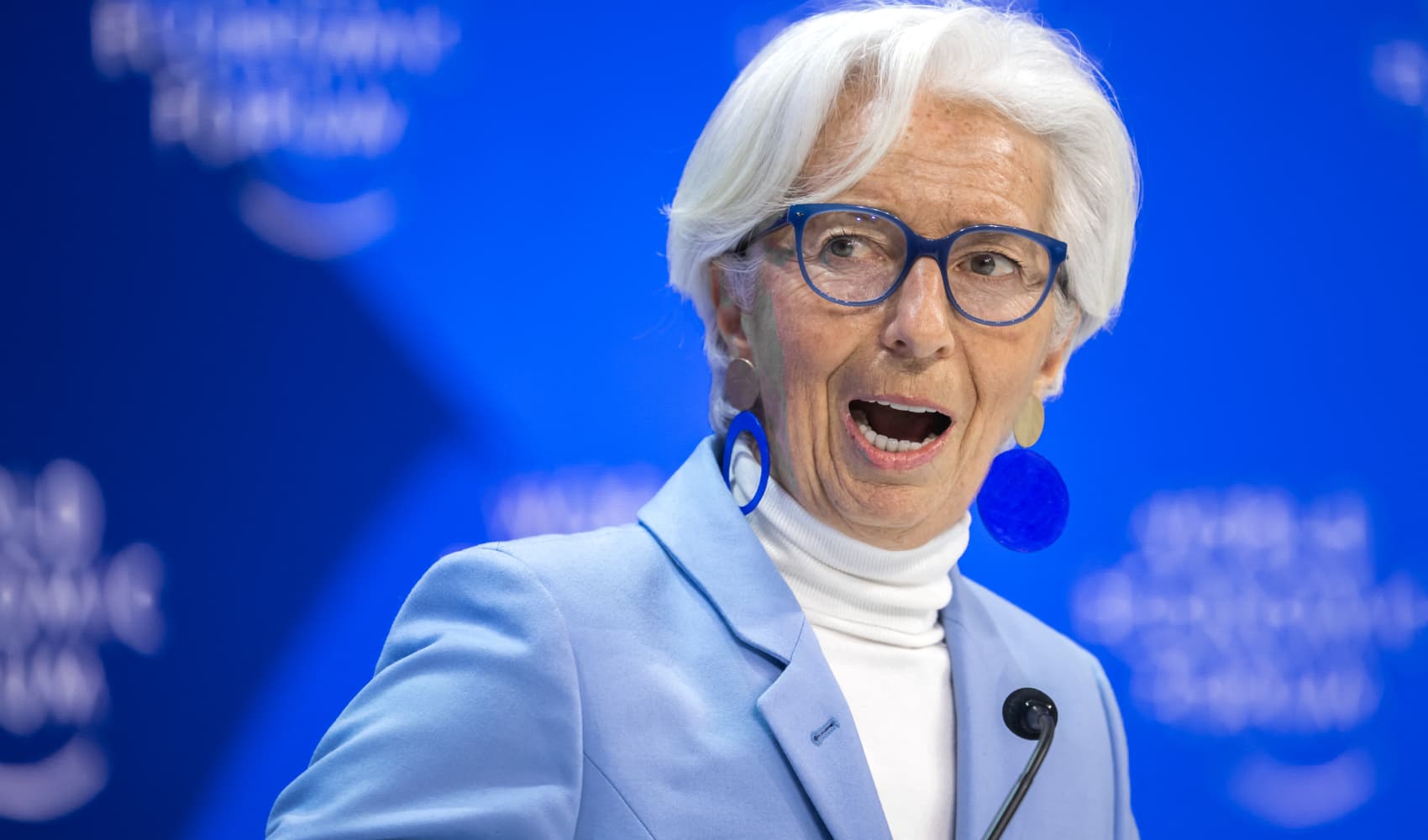
I chuckled at Tony Fratto's tweet this morning in response to the surprising stall in wage gains that the February jobs report just revealed: "wages were flat...but how are people going to deal with inflation...but I thought wages were adding to inflation and making it permanent...but wages are rising everywhere...but the report said they're flat..."
Here's what we know. The February jobs report was incredibly strong. Job gains are accelerating, just like the plunge in jobless claims lately had warned us. We added 678,000 jobs, the tenth straight month we've added at least 400,000. That kind of sustained growth is pretty unusual by recent standards. Compare it with the woeful post-financial crisis rebound; we were still printing job losses in 2010, and for the rest of the decade we only added more than 300,000 jobs in nine different months total.
The same was true, by the way, after the short 2001 recession. We reported job losses all the way through 2003, and then only had seven months throughout the ensuing years where job gains were larger than 300,000 before the next recession started, at the end of 2007. What we're seeing now is very, very different.
It would be one thing if it were early in the pandemic recovery. But according to the Labor Department itself, the rebound is almost complete. The unemployment rate last month was 3.8%, versus 3.5% in February 2020, before the pandemic hit. (And that, by the way, was the lowest rate in fifty years.) The number of unemployed was 6.3 million persons last month, per the report, versus 5.7 million pre-pandemic.
Get New England news, weather forecasts and entertainment stories to your inbox. Sign up for NECN newsletters.
This is the time in the recovery that job gains should be slowing down. The fact that they're not is a headache for the Fed, as I've written about a lot. So even before we talk about wages, the momentum here suggests the economy is still running above potential--"too hot," if you want to call it that.
Now on wages specifically, they rose only one cent last month from January, and the year-on-year rate slowed to 5.1% from 5.7%. Was it just mix shift--the return of service workers as Omicron passed? The leisure and hospitality sectors added 179,000 jobs last month, the most of any sub-sector. But that was also true in January and December, however, where we still saw big headline wage gains.
"Most of th[e] deceleration appears to reflect a genuine easing of pay pressures," wrote Capital Economics this morning, given that job gains were fairly widespread and similar to prior months. This also follows the Fed's Beige Book report this week that noted "a few Districts reported signs of wage growth moderating." (Although that was primarily in the Northeast, as I pointed out; places like Dallas reported that "wage growth pushed to new highs.")
Money Report
One factor, as Goldman noted last month, could be that "wage growth for the lowest-paid workers has come down following the expiration of enhanced unemployment benefits in September." Sure enough, average hourly earnings in leisure and hospitality have actually been dropping since December, from $19.40 that month to $19.35. Manufacturing also saw earnings ease slightly last month.
Education and health care also reported a slight drop in February earnings. But health care is actually one of the spots that economists are watching most carefully for further wage gains later this year driven by a shortage of workers. Given the overall tightness of this labor market, it's too soon to know if we've actually seen wage pressures peak yet, or not.
Even so, the point is not whether wages are off their peak annual growth rate, but whether they are still running hot enough to stoke continued inflation. As Goldman has put it, if productivity is running around 2% this year, and the Fed only wants 2% inflation on top of that, any wage gains above, say, 4% are inflationary. And the firm still thinks wage growth will stay around 5% this year. That "is likely to keep the [Fed] on a consecutive hiking path and raise the risk of a more aggressive response," they wrote last month.
Today's report, in other words, still keeps the pressure on the Fed not to fall further behind the curve.
See you at 1 p.m!
Kelly






